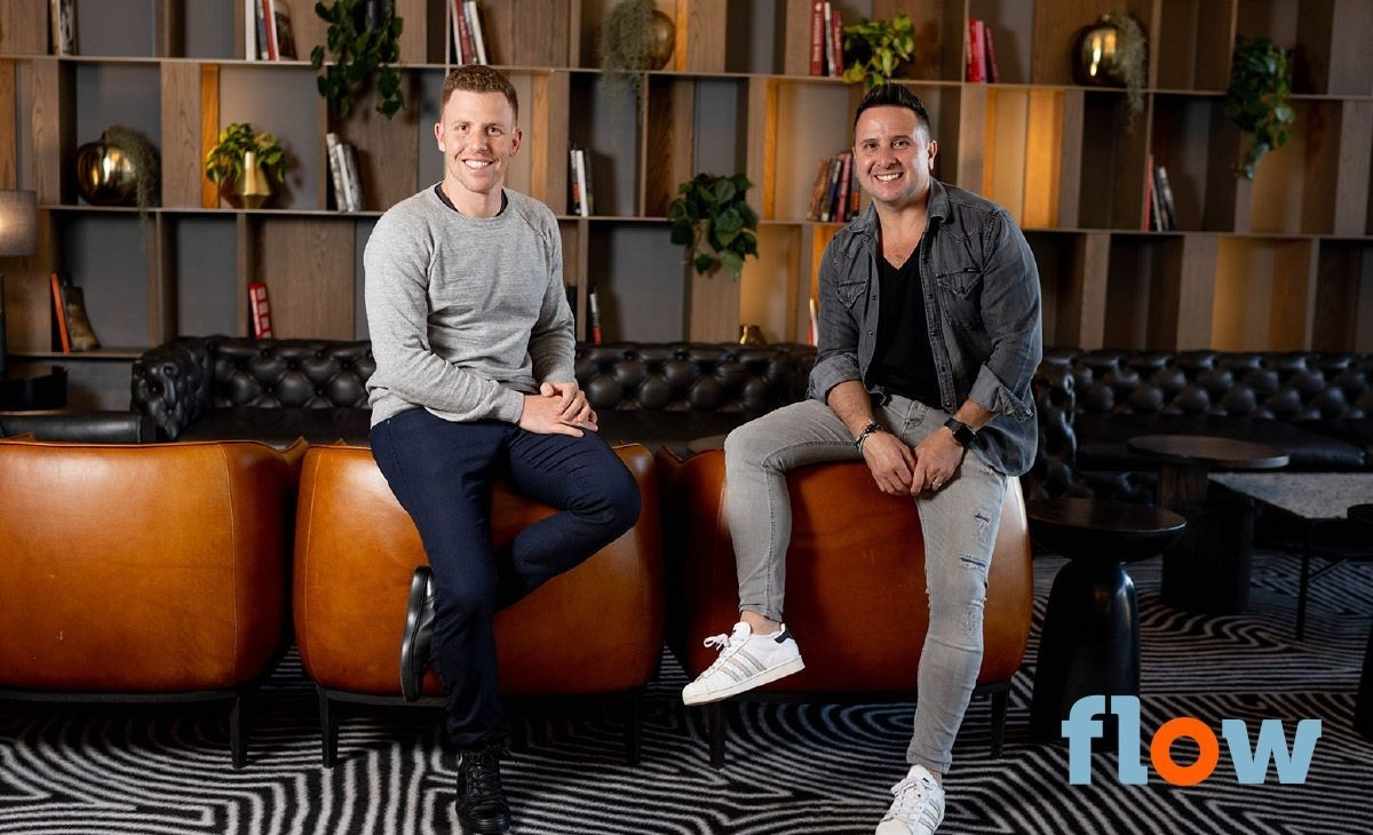The Global Online Marketplace Summit (GOM) brings together C-Level leaders from online marketplaces around the world to discuss the key issues facing their businesses and solve problems and evolve existing ways of thinking.
From heavy hitters to start-ups, these are the businesses that are innovating and paving the way with the latest technology and systems.
The Global Online Marketplace Summit is co-founded and co-hosted by the former CEO of Real Estate Australia, Simon Baker, who pioneered the proptech revolution in Australia and abroad.
The conference is a gathering of all the executives who have been at the forefront of marketplace innovation over the last 20 years. There’s a deep understanding of the past and how we got here; an A-Z of what’s going on in different markets around the world and most importantly, a vision of the future.
Every market has different players with different needs, and we have solutions for many of these user cases, so it was essential for us to get involved.
In today’s day and age, marketplaces, portals and publishers play a pivotal role in how businesses connect with their online target audiences, bringing together supply and demand. It’s bigger than e-commerce, where there is an immediate ROI and it’s mostly about finding consumers. We are talking about extremely high-value transactions.
Emotional, stressful transactions such as buying a car or home; it’s about unlocking more value throughout the entire journey. A good marketplace software can change the transaction experience.
We fundamentally believe in collaborating with other businesses in these industries to further innovate, disrupt and revolutionise the future of marketplaces. From the Global Online Marketplace Summit in Miami, we returned with our top four insights.
AI-Led Search Is Set To Revolutionise Marketplaces
ChatGPT is just the tip of the iceberg when it comes to the possibilities of AI search engine integration, especially in the marketplace, where it can completely change the experience of how we shop online.
Currently, if you use a search engine like Google, it will sort through millions of results in seconds, surfacing the top three that are most likely exactly what you’re looking for.
Developments in AI-led search seek to further enhance this experience for users. This could mean that soon, users will be able to input a specific image of what they’re searching for and receive product listings that relate to their query. Visual Search is perfect for shoppers who face two common dilemmas:
1. “I don’t know what I want, but I’ll know it when I see it”
2. “I know what I want, but don’t know what it’s called”
Davor Anicic from Velebit.ai is at the forefront of these developments and during the GOM Summit, shed some light on how these advancements could be implemented in the property space.
From auto-generated listing descriptions to AI valuation and dynamic pricing, these technological improvements will improve the user experience for both buyers and sellers.
- AI or humans – who edits better?
We heard from Jamie from Autoenhance.ai who shared some amazing advancements in how AI technology is being implemented in the prop-tech space. We’ve all heard the saying that “a picture is worth a thousand words” and this could not be more true than when you are selling a product like a car or a house.
Listings with great images are proven to perform far better than those that don’t, and the deciding factors can come down to little things like lighting and angles.
Not only can AI overcome these shortcomings, but it is also much cheaper and quicker than outsourcing your editing to a photographer or editor who may take up to 12 hours to complete a job.
Another great implementation of AI is that it is able to generate content to auto-stage a room. For example, if a user is looking for a home suitable for a growing family via a portal, a photograph of an empty room might present as a toy room or games room to give prospective buyers a visualisation of how their lives could look in this otherwise empty home. This query-specific content generation is a massive game changer in the property industry.
- Off-site social ads are in demand
From our own research and knowledge of the ad tech space, we know that our target audiences spend an average of 4 hours a day on social media apps like Facebook, Instagram and more recently, TikTok whilst they may only spend an hour a month on portals looking for something that they want to buy.
We heard this frustration echoed by a number of specialists and executives in Miami who were looking for ways to increase traffic to their portals and present their products to audiences in the places where they spend the most time.
Currently, most agents use multiple platforms to manage their listing pages and social media ads, with limited visibility on how successful each may be.
The reach of each listing is also limited by its place on the portal’s page. If portals were to integrate an offering, much like Flow’s, users would have the ability to create, manage and track their off-site ads through one portal leading to increased product visibility across platforms where audiences spend the most time.
“The reach of a social media ad far surpasses that of a single listing.”
About the Authors:
Daniel Levy and Gil Sperling are the Co-founders of Flow, a state-of-the-art platform that helps marketplaces unlock exponential growth in revenue and traffic with off-site social media and digital ads.
The unique software as a service (SaaS) product gives users the ability to easily design their own ad content, while targeting audiences on platforms they frequent the most, such as social
media channels Facebook, Instagram, LinkedIn and Google.
Flow not only enables marketplaces to increase their revenue with off-site ads, but also provides the added advantage of seamlessly packaging and monetizing their 1st party audience data, enabling them to tap into the budgets of related advertisers.
Built by trailblazing AdTech entrepreneurs and backed by 20 years of experience, Flow’s advanced tech platform undoubtedly unlocks exponential revenue in the buyer’s journey.







